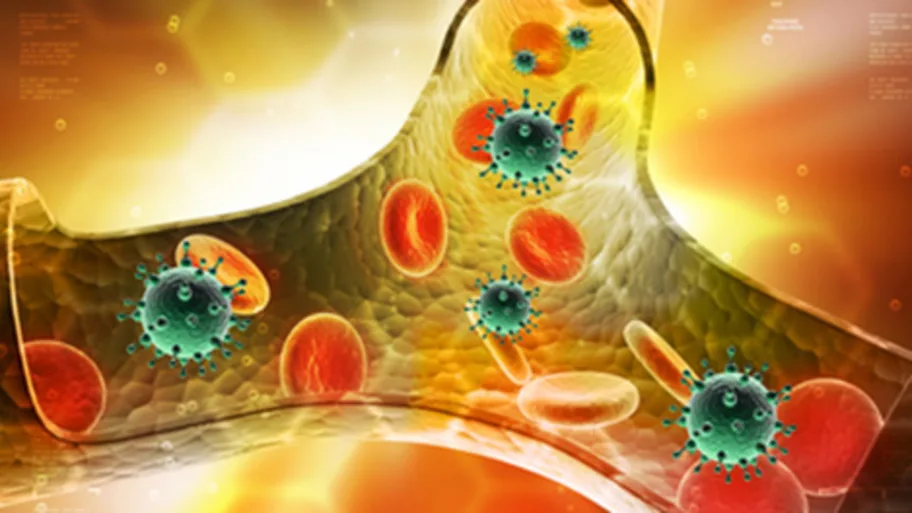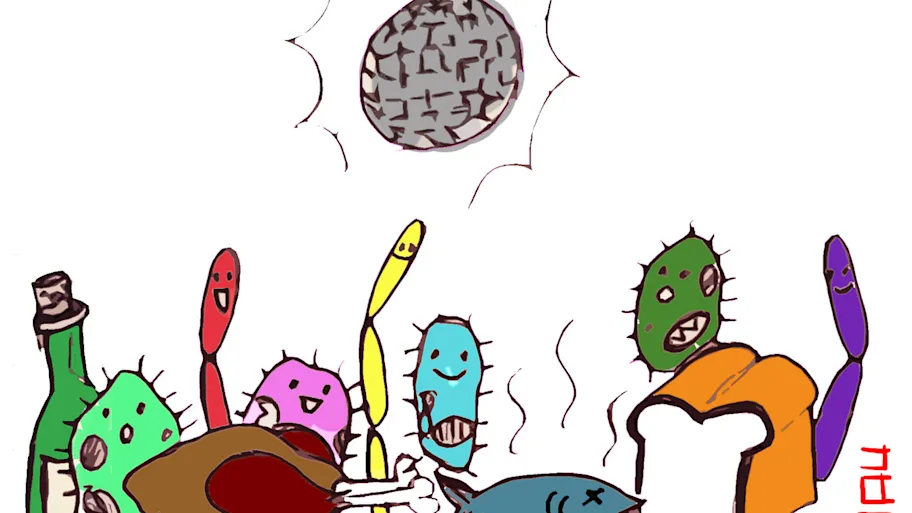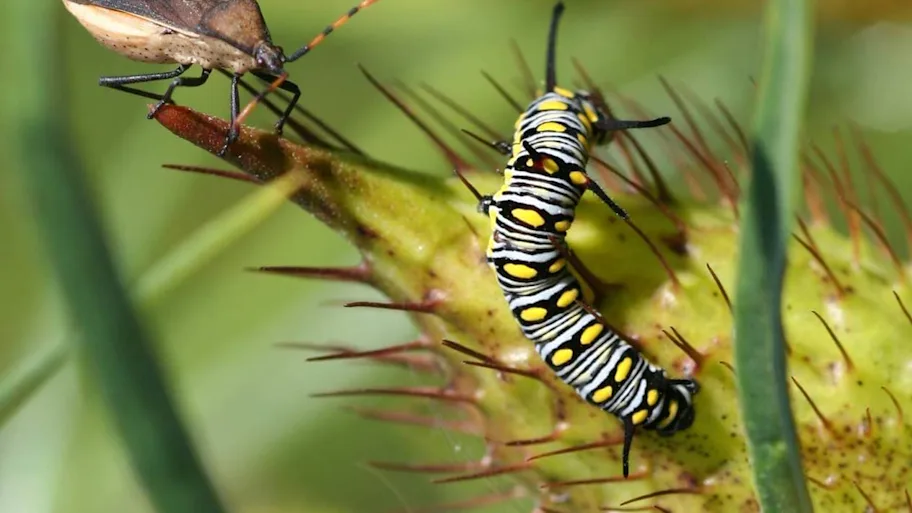
- Science News
- Frontiers news
- Love, hate and indifference in insect-microbe relationships
Love, hate and indifference in insect-microbe relationships

Symbiotic relationships between species shape our world. These relationships can be: beneficial to both partners, beneficial to one partner and detrimental to the other, or beneficial to one partner without affecting the other. Whatever the relationship, they’re critical to life on our planet: they play a role in our drinking water, nourishing our food, helping us maintain a healthy gut to enjoy that food and much, much more.
Insect Microbiome: From Diversity To Applications is now open for submissions. Sign up for article alerts to receive the latest research.
Professor Takema Fukatsu has dedicated his life to exploring the ‘true’ biodiversity that lies at the heart of all intricate relationships between insects and microbes. “Insects account for the majority of the biodiversity described thus far. More than half of named species are insects,” he says.
Why should we care about what’s inside insects?
“From childhood, finding, catching, collecting and playing with insects and other creatures were among the most favorite activities of mine. As a student, I came across an old book ‘Endosymbiosis of Animals with Plant Microorganisms’ written in the 1950s by a great German microbiologist: Professor Paul Buchner. This book made me realise, that all insects I’d been familiar with, including cicadas, stinkbugs, beetles, ants, flies, wasps, lice, roaches, etc., are symbiotic entities continuously and intimately associated with specific microbes inside their bodies. This revolutionized my way of seeing and understanding the world. Since then, I’ve been fascinated by intricate symbiotic associations found in the biological world.”
As Professor Fukatsu leads Microbial Symbioses in Frontiers in Microbiology, he encourages researchers to contribute to this area because of the potential to make important discoveries that will help us live better lives.
What is there to discover in Microbial Symbioses?
“There is so much to discover in microbial symbiosis: molecular and cellular mechanisms, genomic aspects, evolutionary origins, co-evolutionary aspects, biological functions, ecological adaptations and their relevance,” says Professor Fukatsu.
“Since microbes are unseen and too numerous, only a small fraction of the enormous microbial diversity available has been discovered. Insect-microbe symbiotic associations are ubiquitous, important, and ecologically and evolutionarily relevant.”
Professor Fukatsu says advances in genomics have opened up huge possibilities for researchers studying microbial symbioses, using techniques that were previously unavailable.
Follow Frontiers in Microbiology on Twitter
Frontiers journals lead in citations and rank in top Impact Factor and CiteScore percentiles. See full analysis






